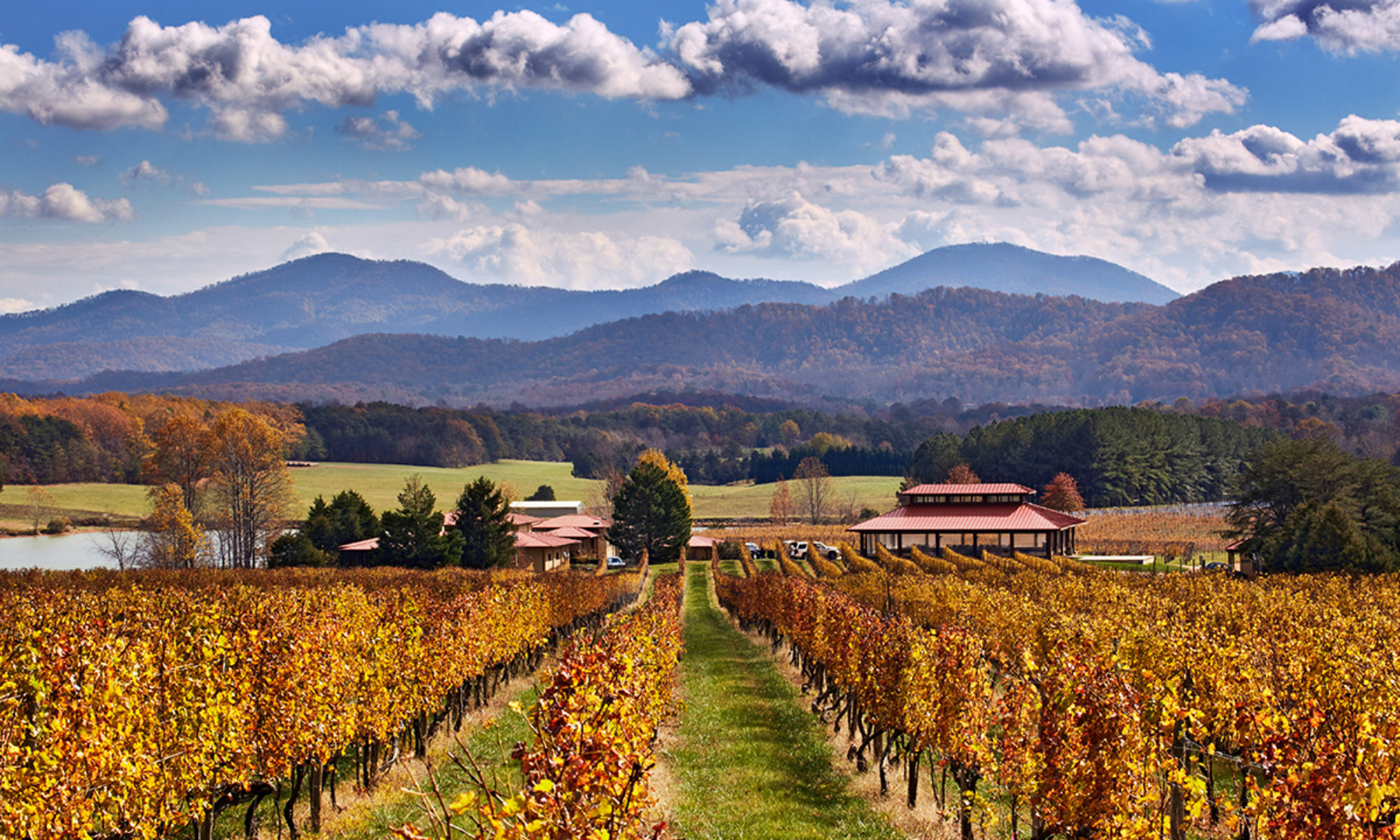Located in Stanardsville, about 10 miles from the Swift Run entrance to Skyline Drive, Kilaurwen is owned by Bob and Dorien Steeves. The winery’s name is derived from the names of the three Steeves daughters: Kimberley, Laura and Wendy. Bob Steeves first planted five acres of Riesling on his Greene County property in 1994. For 15 years, the vineyard supplied grapes to many wineries throughout the state, moving onto Cabernet Franc, Merlot and Cabernet Sauvignon and growing to ten acres. In 2009, the Steeves went for using the fruit in their own winery, and the first Kilaurwen wine was bottled.
Wine. Tier III. The Steeves complement their own grapes – Riesling, Cabernet Franc, Merlot, and Cabernet Sauvignon — with some outsourced. The Bordeaux blend, Three Sisters, is named after the Steeves daughters, in keeping with the winery’s name.
Setting. A small winery with a comfortable feel. As one review put it, “Bob Steeves, the owner/winemaker, works the tasting room as if it is his calling in life. He greets visitors, seats them, pours their wine, chats them up, tells jokes and stories. He’s constantly on the move, working the floor and managing every aspect of the tasting experience.” Light snacks available. Outside picnic area for good weather. You can hike the Kilaurwen winery trail through the woods to the top of the hill for a nice view of the small valley. A newly opened AirBnB is on the premises if you want to just keep drinking the Kilaurwen wines.
Stories. The Knights of the Golden Horseshoe. Swift Run Gap is a long-used and historic crossing in the Blue Ridge Mountains. In 1716, Royal Governor Alexander Spotswood, with 62 other men and 74 horses, led a real estate speculation expedition in westward exploration of the interior of Virginia. The party reached the top of the Blue Ridge at Swift Run Gap on September 5, 1716. Upon descending into a portion of the Shenandoah Valley on the east side of Massanutten Mountain, they celebrated their arrival on the banks of the Shenandoah with multiple volleys and special toasts of brandy and claret to the King and the Governor, naming a peak for each. On the banks of the river they buried a bottle, inside which they had put a paper whereby Spotswood claimed the place in the name of George I. After the journey, Spotswood gave each member of the expedition a pin made of gold and shaped like a horseshoe on which he had inscribed “Sic jurat transcendere montes“, which translates in English to “Thus he swears to cross the mountains.” The horseshoes were encrusted with small stones and were small enough to be worn from a watch chain. The members of Governor Spotswood’s expedition soon became popularly known as the “Knights of the Golden Horseshoe.” Their fame as mountain-crossers was enhanced when the expedition was romanticized in a chivalric romance, The Knights of the Golden Horse-Shoe, by William Caruthers, published in 1845. A historical plaque and pyramid-shaped stone mark the historic crossing of 1716. A privately-owned toll road, the Swift Run Gap Turnpike, was first completed through Swift Run Gap in the early 19th century. Today the two-lane U.S. Route 33 at the lower elevations follows a small creek named Swift Run west from Stanardsville, but then about halfway up, requires multiple horseshoe curves on the steep grades of the eastern slope, as it ascends an increasingly winding pathway to reach Swift Run Gap. In the Civil War Stonewall Jackson used Swift Run Gap (among others) to shift his troops rapidly from the Shenandoah Valley theater to the Piedmont, which allowed him to appear unexpectedly on several occasions. The Knights may be best remembered today by West Virginia schoolchildren. Since 1931, the “Golden Horseshoe” test has been administered annually in West Virginia. The exam tests student knowledge on West Virginia citizenship, civics and government, economics, geography, history and current events. The students with the highest scores are “knighted” and receive a golden horseshoe. So early Virginia history lives on.
